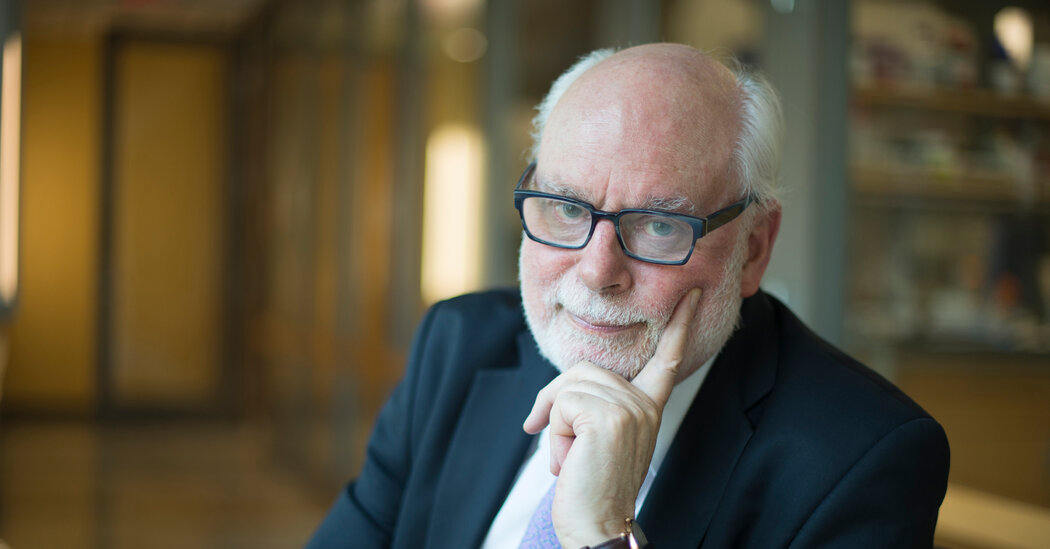He grew up playing with model construction sets. As an adult, he tinkered with molecules instead, creating nanomachines and winning a Nobel Prize.
J. Fraser Stoddart, a Scottish-born scientist who went from playing with construction sets as a boy to building molecular machines a thousand times smaller than the width of a human hair, known as nanomachines, for which he shared the 2016 Nobel Prize in Chemistry, died on Dec. 30 in Melbourne, Australia. He was 82.
Alison Margaret Stoddart, his daughter, said that he died of cardiac arrest in a hotel while visiting his other daughter, Fiona Jane McCubbin.
Dr. Stoddart and his co-laureates, Jean-Pierre Sauvage of France and Bernard L. Feringa of the Netherlands, first figured out how to build molecules with physical bonds, instead of chemical ones. Those molecules could move freely and became the building blocks for nanomachines. The most basic ones, called catenanes, are interlocking molecules, like links in a chain. They were first synthesized by Dr. Sauvage in 1983.
In 1991, Dr. Stoddart and his team made the next big leap: They created molecules called rotaxanes, which have ring molecules wrapped around other molecules in the shape of a dumbbell. The ring molecule slides back and forth on the dumbbell, whose ends prevent the ring molecule from sliding off. (The word rotaxane comes from Latin roots meaning wheel and axle.)
Dr. Stoddart went on to figure out how to make the ring molecules slide between two set points, like a miniature switch, and then how to put three rotaxanes together to make a platform that could rise and descend 0.7 billionths of a meter — basically a molecular elevator.
Since those early successes, scientists have been able to build molecular machines that contract and extend, replicating the actions of muscles; tiny propellers driven by the energy of light; and, in 2011, a small four-wheel-drive molecular car, albeit one that is only a few billionths of a meter long.
